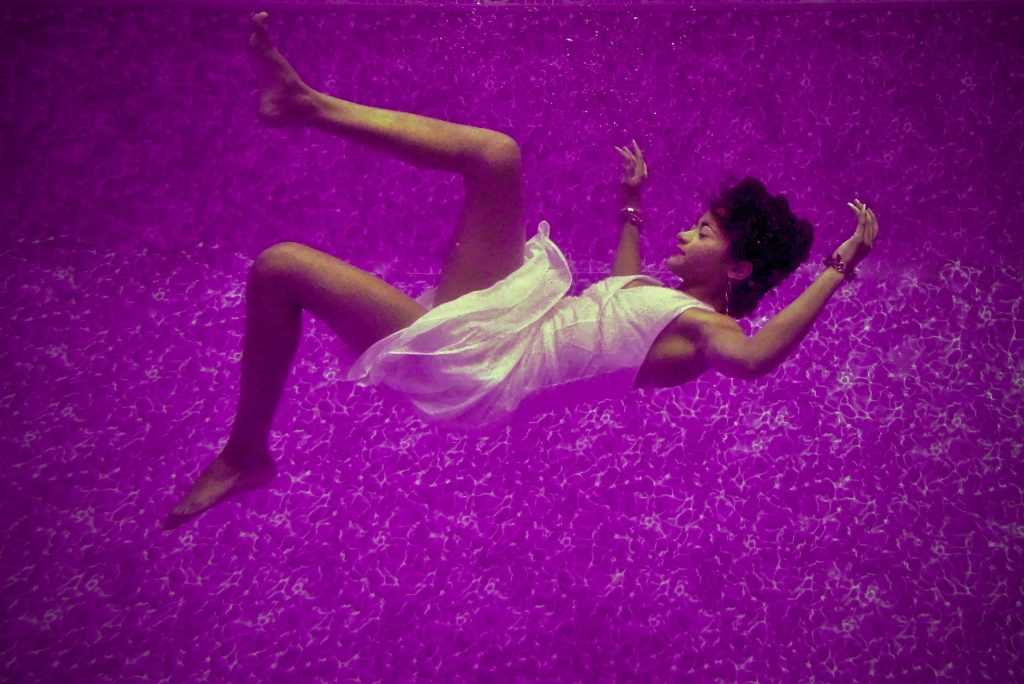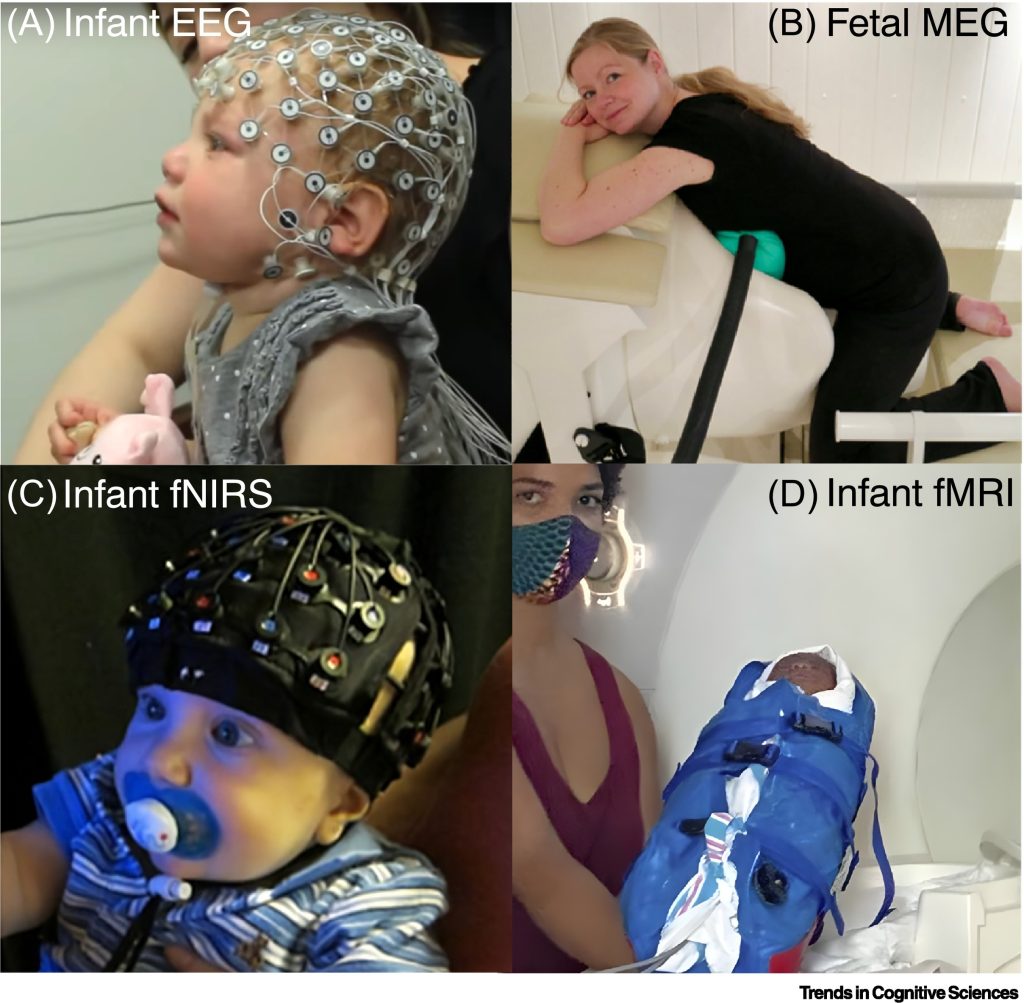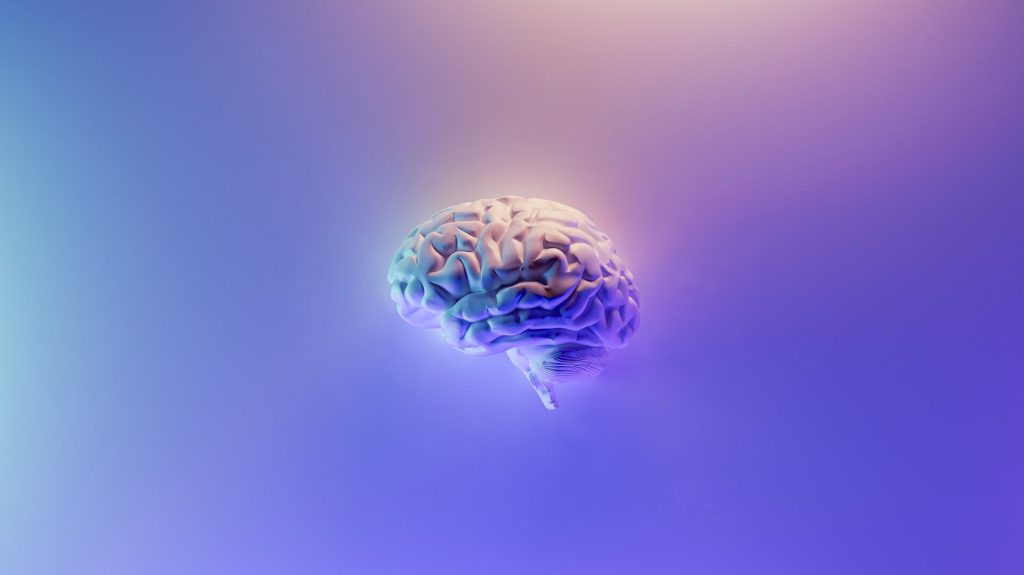Anaesthesia Experiment Hints at Consciousness Arising from Quantum Effects

For decades, one of the most fundamental and vexing questions in neuroscience has been: what is the physical basis of consciousness in the brain? Most researchers favour classical models, based on classical physics, while a minority have argued that consciousness must be quantum in nature, and that its brain basis is a collective quantum vibration of ‘microtubule’ proteins inside neurons.
New research from Wellesley College published in eNeuro has yielded important experimental results relevant to this debate, by examining how anaesthesia affects the brain of rat models. Volatile anaesthetics are currently believed to cause unconsciousness by acting on one or more molecular targets including neural ion channels, receptors, mitochondria, synaptic proteins, and cytoskeletal proteins.
Anaesthetic gases including isoflurane bind to cytoskeletal microtubules (MTs) and dampen their quantum optical effects, potentially contributing to causing unconsciousness. This idea is supported by the observation that taxane chemotherapy, consisting of MT-stabilising drugs, reduces anaesthesia effectiveness during surgery in human cancer patients.
Lead researcher professor Mike Wiest and his research team found that when they gave rats the brain-penetrant MT–stabilising drug epothilone B (epoB), it took the rats significantly longer (69s) to fall unconscious under 4% isoflurane, as measured by loss of righting reflex (LORR).
The effect could not be accounted for by tolerance from repeated exposure to isoflurane.
Their results suggest that binding of the anesthetic gas isoflurane to MTs causes unconsciousness and loss of purposeful behaviour in rats (and presumably humans and other animals). This supports the idea that consciousness is a quantum state tied to MTs.
“Since we don’t know of another (ie, classical) way that anesthetic binding to microtubules would generally reduce brain activity and cause unconsciousness,” Wiest says, “this finding supports the quantum model of consciousness.”
It’s hard to overstate the significance of the classical/quantum debate about consciousness, says Wiest, an associate professor of neuroscience at Wellesley. “When it becomes accepted that the mind is a quantum phenomenon, we will have entered a new era in our understanding of what we are,” he says. The new approach “would lead to improved understanding of how anaesthesia works, and it would shape our thinking about a wide variety of related questions, such as whether coma patients or non-human animals are conscious, how mysterious drugs like lithium modulate conscious experience to stabilize mood, how diseases like Alzheimer’s or schizophrenia affect perception and memory, and so on.”
More broadly, a quantum understanding of consciousness “gives us a world picture in which we can be connected to the universe in a more natural and holistic way,” Wiest says. Wiest plans to pursue future research in this field, and hopes to explain and explore the quantum consciousness theory in a book for a general audience.
Source: Wellesley College



